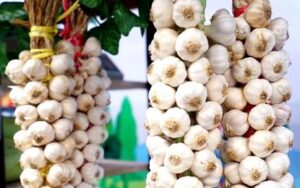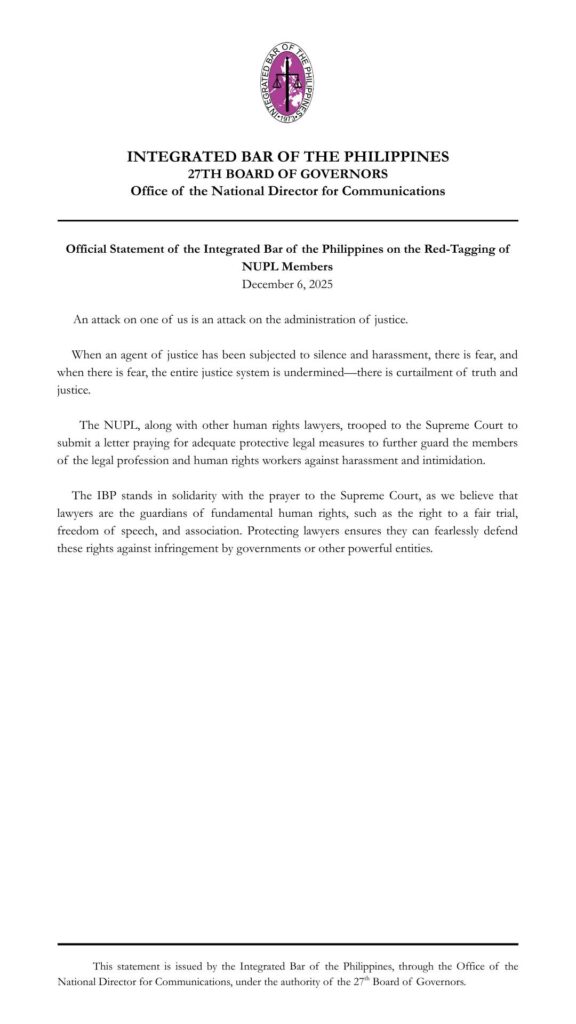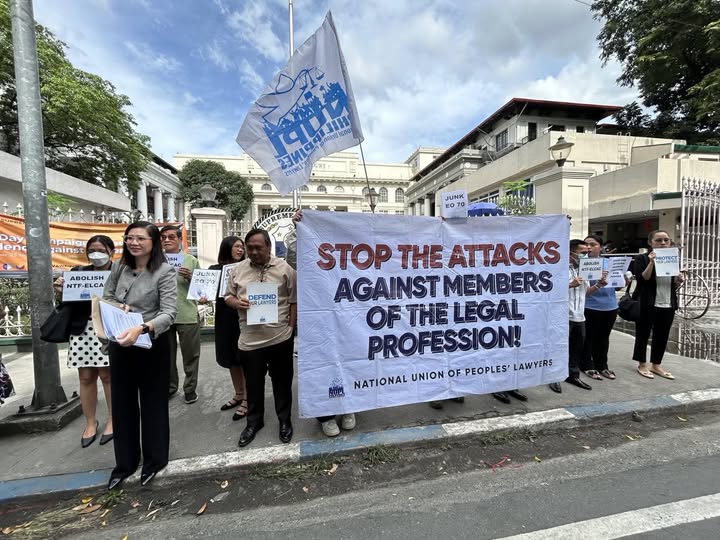The Department of Agriculture (DA) is seeking to increase garlic production to 20 percent of the country’s overall demand next year with the help of the revival of the “white gold” in the Ilocos Region.
“Itong bawang ibabalik natin ulit (We will bring back garlic) as the white gold for the Ilocos Region. We will bring in scientific interventions and, at the same time, multiplier farms to produce the seeds and expand the production areas,” DA Undersecretary for High-Value Crops Cheryl Marie Natividad-Caballero said in an interview, noting the industry’s performance in the region during the ’80s and ’90s.
The target expansion areas include farms in the Ilocos Region, Cagayan Valley, and Mimaropa; and in Nueva Vizcaya, Quezon, and Lanao del Norte, among others.
Caballero said a 20-percent production hike is “doable” considering that garlic is sourced locally.
Multiplier farms in sandy-soil areas shall also be used for native garlic seedling production to boost reliability in the seed system, she said.
Caballero said the DA has already coordinated with cooperatives to utilize procured garlic from Batanes as planting materials for the upcoming planting calendar starting in September.
To date, the country produces only 2 percent of the total 130,000 metric tons (MT) local demand, with prices of native garlic spiking as high as PHP400 per kilogram in Metro Manila.
Preserving PH ‘garlic heritage’
Besides intervention through multiplier farms, the DA also assured protection of the Ilocos’ garlic DNA (deoxyribonucleic acid), which is “more pungent” than the cheaper imported garlic.
Caballero said this involves genomics, a science-based intervention, to ensure the preservation of the country’s “garlic heritage.”
“Na-appreciate ng ibang bansa iyong potency ng ating bawang. Kaya nga ina-avoid natin iyong intellectual piracy na mailabas iyong mga planting materials natin and then pinag-aaralan na rin nila iyan (Other countries have appreciated the potency of our garlic. That’s why we are avoiding intellectual piracy, where our planting materials are taken out of the country and studied),” she said.
Caballero, meanwhile, urged the public to patronize native garlic since its quality outweighs the affordability of imported ones, making it more cost-effective in the long run.
“Isang pirasong bawang na ganito katapat niya iyong malaking cloves na mura (One piece of this garlic already matches the big and cheaper cloves) which is imported. So, the potency of the native Ilocos bawang (garlic) is very important in terms of making some price comparison,” she said.
As of May 31, the prevailing price range of imported garlic in Metro Manila is at PHP130/kg. to PHP180/kg. (ANTONIO)




